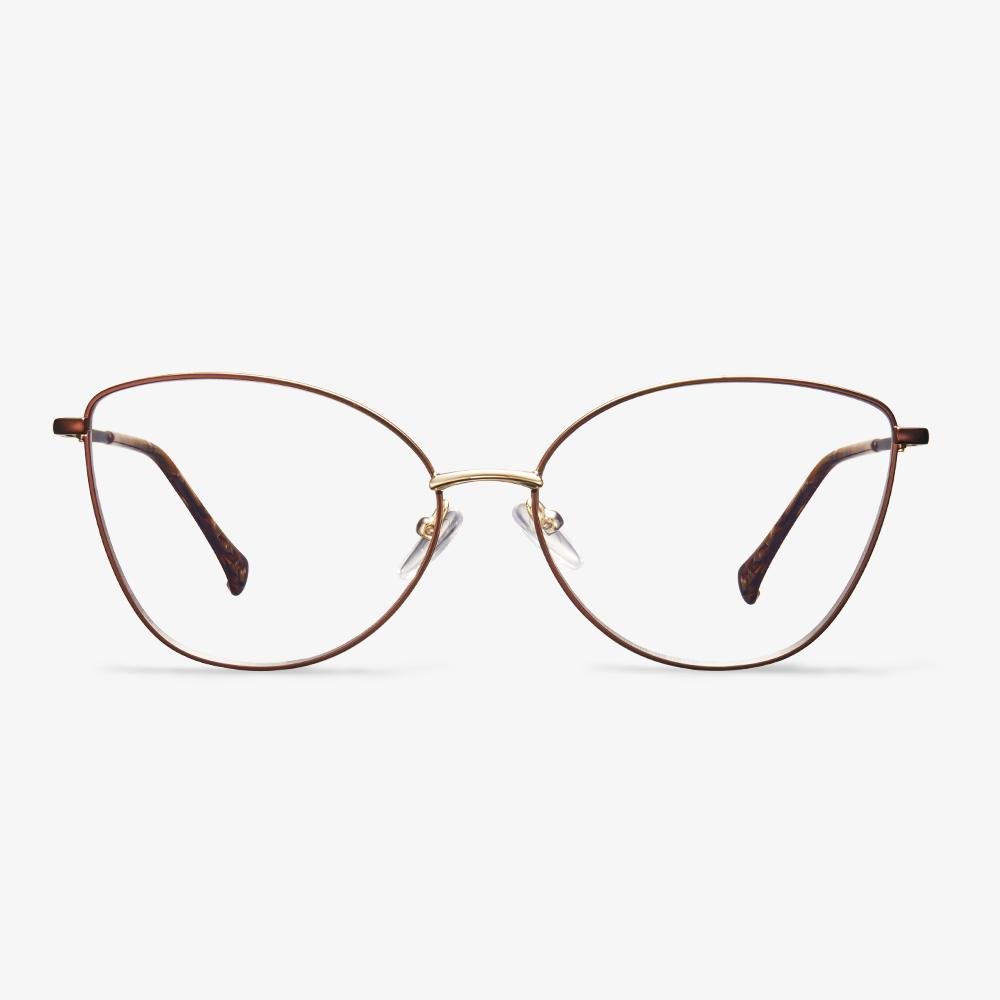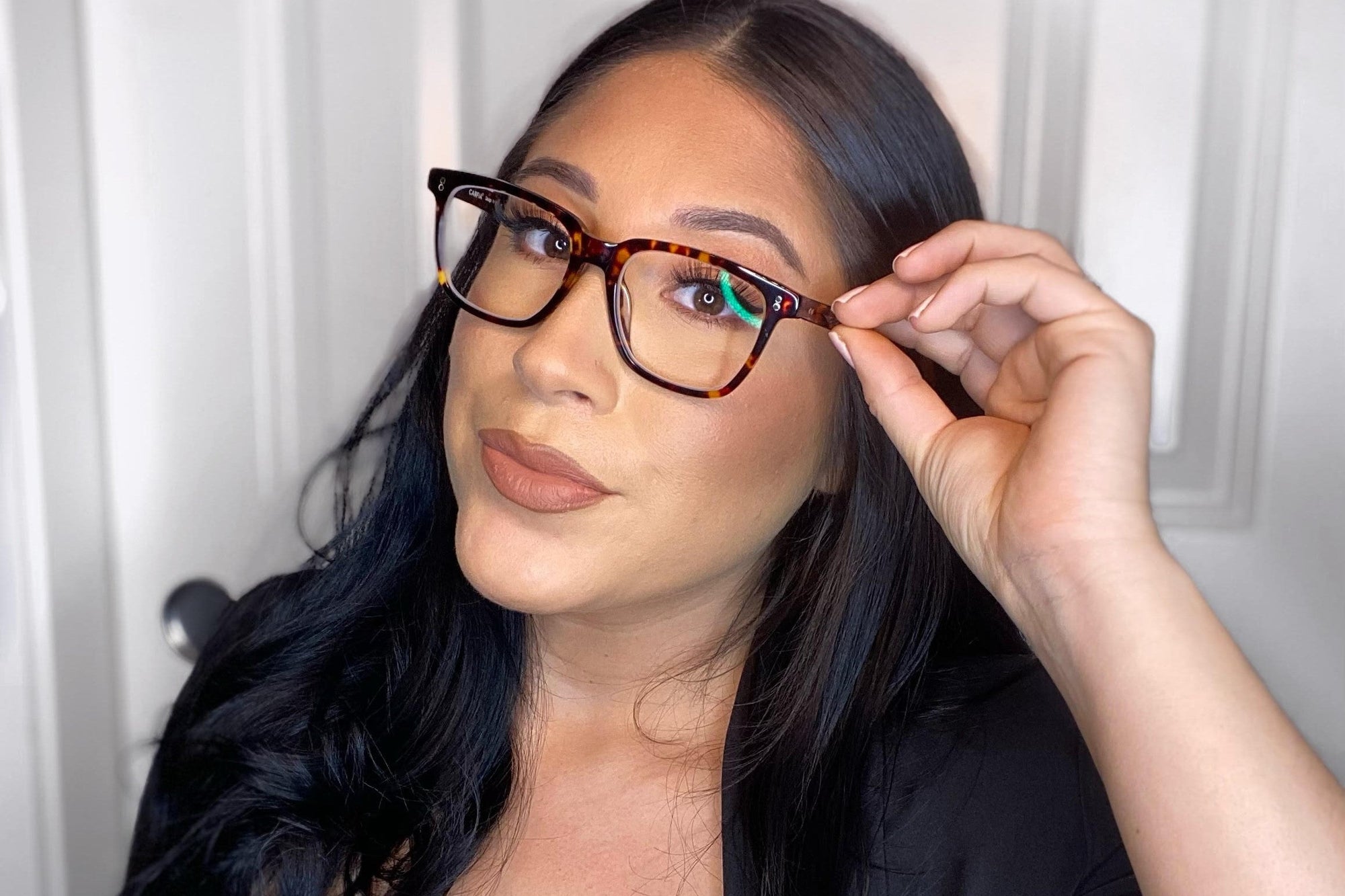Which is better, MR7 lens or MR8 lens?
The refractive index of MR7 is 1.67, and its Abbe number is 32, so it has a good dyeing property. MR8 has a refractive index of 1.60 and an Abbe number of 40 or more. MR8 has stronger toughness, so it is more tensile and is not easy to break when confronted with strong impact. The lenses of MR7 and MR8 are different in the degree of heat resistance, and the heat resistance of MR7 is slightly weaker. MR7 is recommended if you want thinner and lighter lenses, but MR8 is recommended if you want higher light transmittance.
How to determine whether progressive lenses are worn correctly?
Once your glasses are back from the lab, the optometrist will let you put them on for an audition and make final adjustments to make sure they fit. If the prescription is not in the center of the lens, it will make it difficult for you to see clearly. The key is that the lenses match the wearer's eyes, especially the pupils. Before ordering a new lens, the optometrist takes two measurements: pupil distance and fitting height.
Reduce the amount of time you spend using electronics.
When children are developing their eyes, parents should limit the amount of time they spend with electronic devices. Increase outdoor exercise and combine work and rest. In today's high-pressure and competitive learning environment, children face textbooks, homework, and exams for a long time, and their eyes do not get a good rest. Outdoor sports can effectively relax children's eyes, reduce children's visual fatigue, but also be more conducive to the healthy development of children's bodies and minds.
What Is Plastic Lens?
In the above part, we have introduced what polycarbonate lenses are. In this section, we will show you what the plastic lens is.
The plastic lens was first introduced in 1947. Since then, plastic has become a popular and widely used material for making eyeglasses lenses. Since the introduction and use of plastic lenses, it has sealed its mark as the most preferred choice in the optical industry.
Plastic lenses are light. With this feature, plastic lenses are popular because they will not be heavy inside the glasses frame and permit for an easy fit in any type of glasses frame. In addition, plastic glasses are cheap and easy to obtain in desired amounts. So, they are affordable for most people. Plastic lenses are very durable. So, they do not shatter easily on impact which makes it a great choice for individuals who are active or tend to drop their glasses often.
However, compared with other lens materials, plastic lenses are usually thick due to their low index of refraction. The soft feature of plastic glasses makes them susceptible to scratching from a sharp object and why scratch-resistant coating is applied to form an additional protective layer. Plastic lenses do not provide ultraviolet protection.
Disadvantages of polarized sunglasses
Polarized sunglasses have many benefits. However, in some cases, non-polarized lenses are a safer choice. On cloudy days, drivers find that non-polarized sunglasses are better than polarized sunglasses due to the lack of glare and extreme sunlight.
Driving with polarized lenses after snowing can be dangerous for drivers. As the glare of polarized sunglasses is blocked, ice or snow on the road will not be visible. In this case, the advantages of polarized sunglasses will become the disadvantages that may cause accidents.
In addition, when driving along a dark road with few street lights at night, wearing polarized lenses will make it harder to see the road conditions because they dim the available light better than non-polarized glasses. Of course, in low-light conditions, it is best to avoid wearing sunglasses completely while driving.
The most significant disadvantage of polarized sunglasses is that they do not perform well on digital screens and displays. They can cause the images and information on the LCD screen to blur or disappear at certain angles. Don’t wear polarized sunglasses to use these devices while driving.
The principle of the anti-fog lens
Ordinary lens materials and water are wet, so water vapor is easy to fog up on the top. If this wetting relationship can be broken, the water vapor can be prevented from fogging up on the surface of the lens. The anti-fogging film is a kind of film which can prevent or avoid water mist agglutination effectively. It is divided into organic film and inorganic film. The inorganic film is mostly used for building, car window glass fogging prevention. For lens anti-fogging, the organic film is more used. The method is to wipe, spray (with an anti-fogging agent, and so on).
Eye problems that may occur while driving.
Visual fatigue and xerophthalmia: when driving, the spirit and eyes are in a highly tense state, reducing the blink of an eye, which will easily cause eye fatigue and xerophthalmia. Flash glare -- car headlights and city light pollution -- can cause serious damage to the eyes. UV damage: UV radiation is strong when driving in the daytime, especially in the plateau and snow weather. Nocturnal myopia: nocturnal light is insufficient, so it can make the eye pupil dilate, causing nocturnal vision to drop influence driving safety.










































